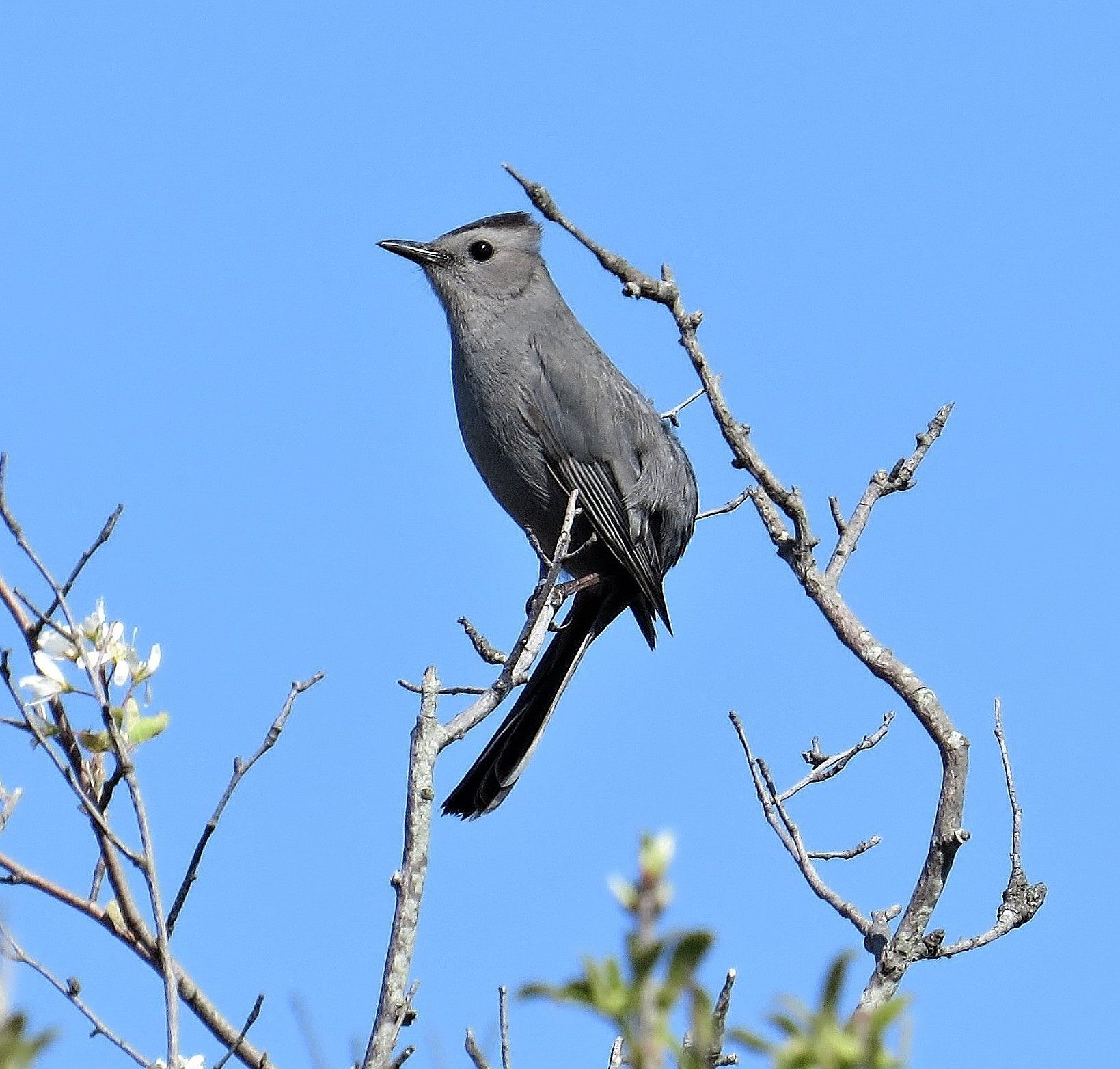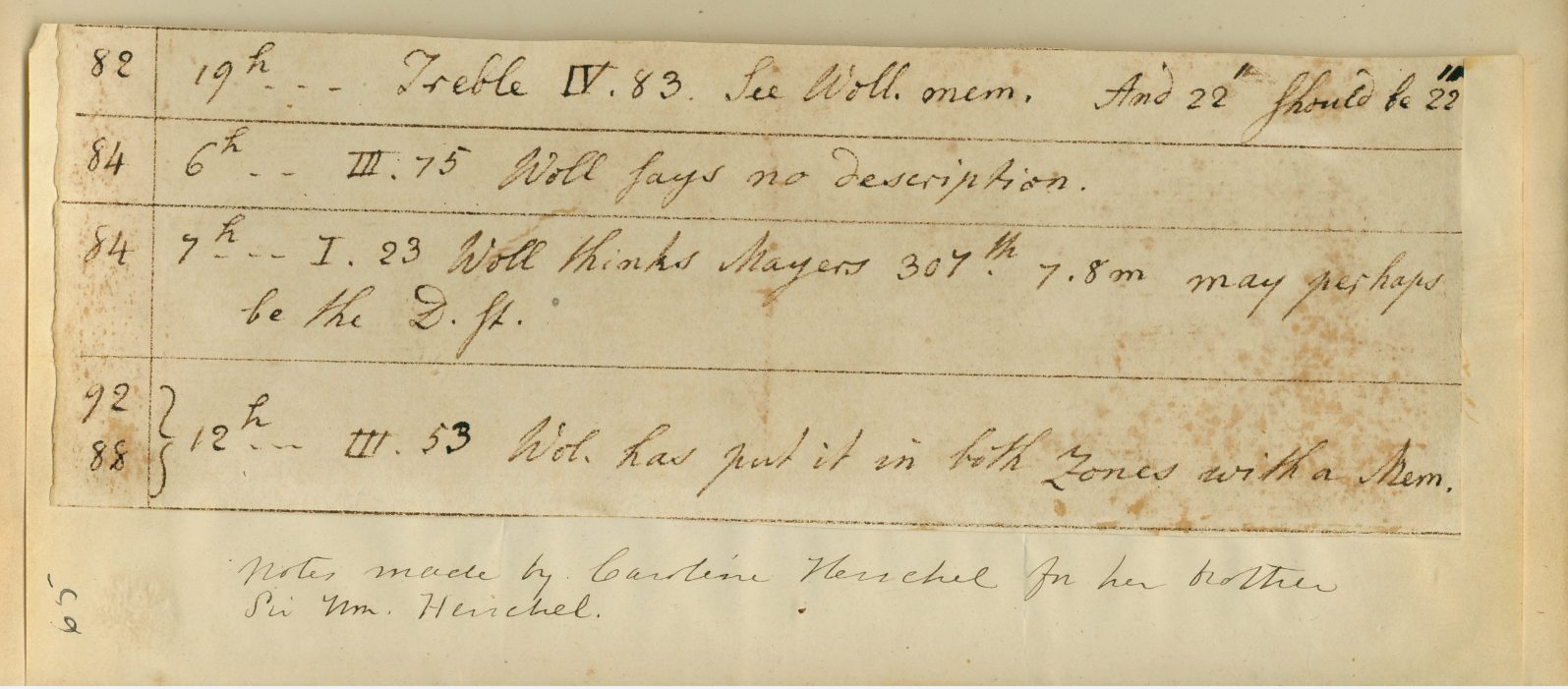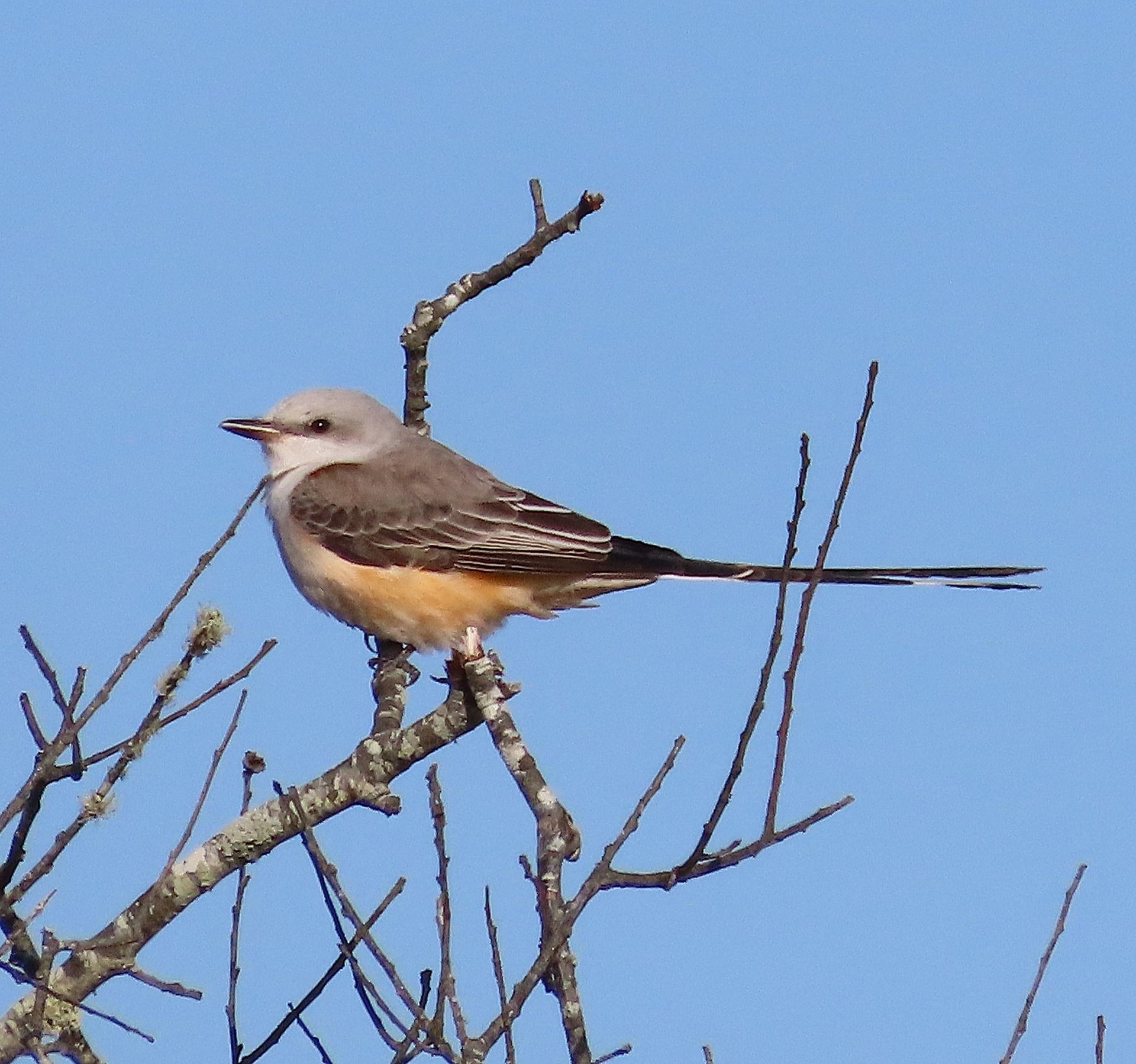Keep Calm and Bird On: October 2025
“If you don’t look, you don’t see. You have to go and look.”
-Edith Andrews

The drought continues. So, our hope, our plea, for October is for rain, please, pretty please, with any drop or sprinkle welcome. Birds can make do, to some extent, by getting moisture from condensation on leaves, or dripping fog. Insects require plants, and plants require at least some groundwater. It is interesting to see which plants are less thirsty or have deeper roots. But, some of the inland ponds where we like to look for hidden shorebirds are out of the running this year.
Some ponds are naturally shallow: Almanack, Middle Pout, and Quaise Pond are all subject to drying up periodically. They fill in with grasses, leaving a chance for some rare plants to sprout once they are exposed to air. This is part of the natural cycle. But in August, Reyes Pond became a cracked, turtle-vanquishing glue-pot, becoming lower than long-time inhabitants could ever recall. As it dried, a Solitary Sandpiper visited briefly, along with one Least Sandpiper. But, they moved along as the mud dried. Maxie’s Pond also had an unusual amount of exposed shoreline. So, some of our usual “unusual” shorebird spots in the hills have suffered. The deepest kettle ponds have retained some water; some appear unchanged. The ground water is now so low that it will take more than one winter’s rain to replenish.
This is yet another reason to plant native species for birds. Bayberry, Viburnum, grapes, at this time of year come into their own with food for passing migrants. Berries that may not appeal to us also attract insects, and birds eat both. Look for Cedar Waxwings, Tree Swallows, Northern Flickers, and those confusing fall warblers. But don’t despise the Grey Catbirds. They have adapted themselves to us, both in North and Central America. Watch as they glean through the tangles; they blend in with the shadows, so it’s good practice.
Recent Posts




